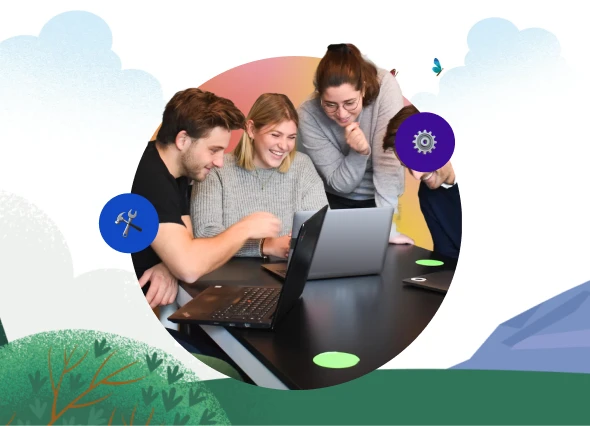Looking for the right Salesforce consulting partner in Seattle can make or break your plans to scale up, automate your business, or just give your customers a better experience. Salesforce is powerful, sure, but it’s not exactly plug-and-play. You want someone who gets both the tech and what your business is really trying to do.
A great Salesforce consultant in Seattle can cut through the clutter, streamline your processes, and help you make smarter calls with your data. But let’s be honest—there are a lot of consultants out there, and it’s tough to know who’ll actually deliver.
Here’s how to find the right one who’ll stick with you for the long haul.
- Look for Seattle Know-How
Every city has its quirks, and Seattle’s no different. Pick a consulting partner who knows the local landscape—especially if you’re in industries like tech, healthcare, real estate, logistics, education, manufacturing, or professional services. Local experience means they understand what works here and can actually tailor Salesforce to fit.
- Check Their Salesforce Certifications
You want experts, not guesswork. Certified Salesforce consultants in Seattle are up to speed with the latest updates and know their stuff. The main certifications to look for include Salesforce Administrator, Sales Cloud Consultant, Service Cloud Consultant, Platform App Builder, and Salesforce Developer. Having these on the team means your CRM will be set up right and ready for what’s next.
- Dig Into Their Track Record
Don’t just take their word for it. Ask for real proof—case studies, portfolios, client reviews, and some hard numbers if they have them. If they’ve already helped businesses like yours, chances are they’ll be able to handle your needs, too.
- Make Sure They Can Actually Customize Salesforce
Out-of-the-box Salesforce is good, but real results come from tweaks and custom builds. A solid Salesforce developer in Seattle should be able to set up automated workflows, custom dashboards, API integrations, Lightning components, and even build custom apps or connect third-party tools. The more complicated your needs, the more you’ll lean on their development skills.
- Ask About Their Implementation Process
You don’t want surprises. A good consultant follows a clear plan: they’ll start with a business needs analysis, then move on to system design, data migration, customization, and testing. You should also get training and ongoing support when everything’s up and running. This kind of structure keeps your project on track and makes sure you get what you paid for.
- Look for Long-Term Support
Salesforce isn’t just a set-it-and-forget-it thing. You’ll want a partner who’ll stick around—someone who offers regular maintenance, quick fixes, system tweaks, new features, and keeps your dashboards sharp. Long-term support means your Salesforce system keeps up as you grow.
- Pay Attention to Communication and Transparency
You want a partner who’s upfront—clear timelines, honest pricing, steady updates, and solid documentation. If something’s at risk or delayed, you should hear about it early. Good communication keeps everyone on the same page from kickoff to launch.
- Don’t Just Compare Prices—Look at Value
Sure, price matters, but the cheapest option can cost you more in the long run. Look at experience, skills, customization chops, support quality, and industry know-how. Go for lasting value, not just a bargain quote.
Final Thoughts
The right Salesforce consulting partner in Seattle can completely change the way your business runs. With the right team in your corner, you’ll tighten up your workflows, give customers a better experience, and grow faster.
Take your time—check their certifications, industry background, how they communicate, and what long-term support looks like. Find a reliable, local team. When you do, your CRM becomes more than just software—it turns into a real driver for your business.
FAQs
- Why do I even need a Salesforce consulting partner in Seattle?
They help you get Salesforce running, customized, and optimized, so you get the most out of your investment. - What should I look for in a consultant?
Certifications, real-world results, industry experience, and a solid project approach. - Do I need a Salesforce developer in Seattle?
Yes, especially if you need customizations, integrations, or more advanced automation. - How long does Salesforce implementation take?
Anywhere from a few weeks to a few months, depending on how complex your setup is. - Which Seattle industries benefit from Salesforce?
Tech, healthcare, logistics, real estate, education, finance, and professional services—pretty much any industry looking to grow.




